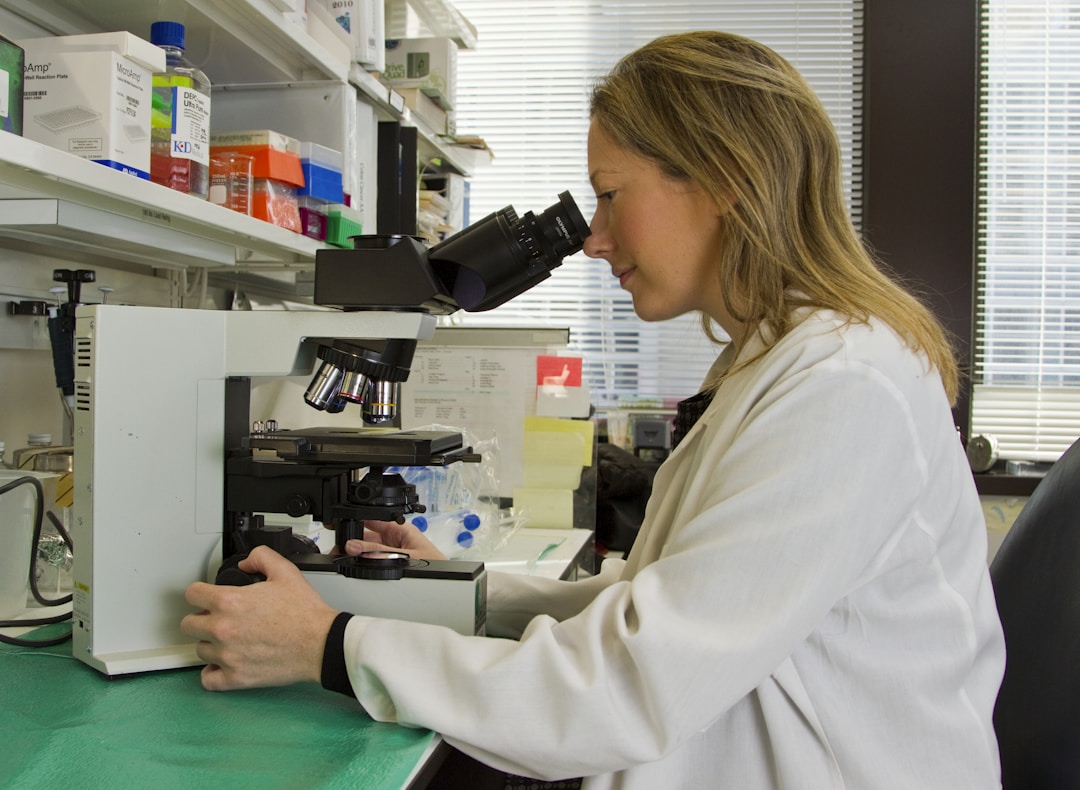Using Sildenafil for Research
Sildenafil, a medication primarily known for treating erectile dysfunction, has emerged as a subject of interest within the scientific community. Researchers have begun exploring its potential in various medical conditions, ranging from pulmonary hypertension to cardiovascular diseases. Understanding its mechanism and implications outside its mainstream use could open new avenues in pharmacotherapy. Learn about sildenafil and examine the scientific journey of sildenafil, from its mechanism of action to future prospects in medical research.
Understanding Sildenafil and Its Research Applications

Sildenafil, commonly known under the brand name Viagra, has been a topic of significant medical interest since its introduction. Initially developed for cardiovascular issues, it quickly gained recognition for its effect on erectile dysfunction. Researchers have noted its action on vasodilation as a cornerstone that could potentially be beneficial in different contexts.
Aside from its primary application, sildenafil has been evaluated in numerous conditions, including Raynaud’s phenomenon, altitude sickness, and even some types of jet lag. Its biological mechanism makes it a suitable candidate for these diverse applications, each driven by an underlying issue related to vascular function and blood flow.
The versatility of sildenafil has encouraged wider research into its potential off-label uses. These studies have extended into realms like neonatology, where it is being investigated for its effects on pulmonary arterial hypertension in premature infants.
Exploring the Mechanism of Action of Sildenafil in Clinical Studies

At the core of sildenafil’s function is its ability to inhibit phosphodiesterase type 5 (PDE5), an enzyme found predominantly within the corpus cavernosum of the penis as well as in other tissues. By preventing the breakdown of cyclic guanosine monophosphate (cGMP), it elevates nitric oxide levels, leading to smooth muscle relaxation and vasodilation, which facilitate penile erection.
The specificity of sildenafil’s mechanism has been beneficial in minimizing potential side effects, as it mainly affects vascular areas where PDE5 is present. Therefore, its therapeutic window in erectile dysfunction therapy is considerably large, making it a safe and effective treatment for many patients.
Clinical studies have been pivotal in mapping out the exact pathways influenced by sildenafil. This research has uncovered valuable information that could unearth treatment protocols for conditions suffered by both genders, expanding its therapeutic reach beyond male sexual dysfunction.
Ethical Considerations in Using Sildenafil for Research Purposes
In deploying sildenafil for research, ethical considerations must be front and center. The safety and well-being of participants in clinical trials are paramount, requiring a strictly regulated research environment. Informed consent processes must be rigorous, ensuring that subjects are fully aware of the potential risks and benefits of their participation.
Moreover, access to sildenafil for research purposes must adhere to legal standards. The substance is a regulated medication, and its procurement and use in studies must be sanctioned by health authorities and institutional review boards. This ensures that the research abides by medical, legal, and ethical guidelines, upholding its integrity.
Analyzing the Outcomes of Sildenafil-Based Research
The outcomes of sildenafil research have been illuminating in various aspects of medical science. From proving its efficacy in treating erectile dysfunction to suggesting its potential in other vascular-related diseases, the results have been encouraging. Data shows that sildenafil can provide significant improvements in symptoms and quality of life for patients with certain conditions.
However, as with any clinical research, results must be interpreted cautiously. While many studies have shown positive outcomes, others report minimal effects or highlight potential adverse events. Replication of findings and rigorous peer review are necessary to validate sildenafil’s broader therapeutic roles.
Research involving sildenafil has also contributed to a greater understanding of the complexities of vascular diseases. By focusing on the nuances of PDE5 inhibition, these studies have shed light on cellular processes that can be targeted in therapeutic approaches.
The Future of Sildenafil in Medical Research and Development
The trajectory of sildenafil research is on an upward path. Anticipation surrounds its expanding role in treating various medical conditions, and several trials are currently underway to determine its effectiveness in new therapeutic areas. The growing interest in sildenafil underscores the dynamic nature of pharmaceutical research and development.
In the realm of personalized medicine, there is potential for sildenafil to be tailored to individual patient needs. Considering the genetic and molecular differences in drug metabolism and vascular responsiveness, advancements in genomics could help optimize its use for maximum efficacy.
Overall, the utilization of sildenafil in research has unlocked doors to untapped therapeutic potentials. The importance of continuing this investigative work holds the prospect of improving treatment modalities and patient outcomes across a spectrum of conditions.













